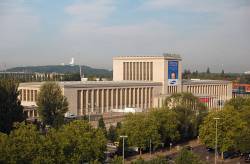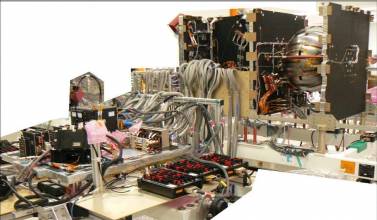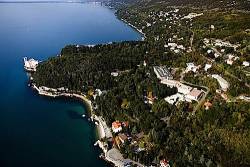Communications Act Rewrite Could Adversely Affect GPS Community

Two powerful lawmakers are weighing rewriting the rules for the way frequencies are allocated as part of an overhaul of the nation’s telecommunications laws. The effort, which is likely to see legislation drafted next year, is considering options such as flexible licensing and receiver standards that could directly affect the GPS community.
By Inside GNSS










